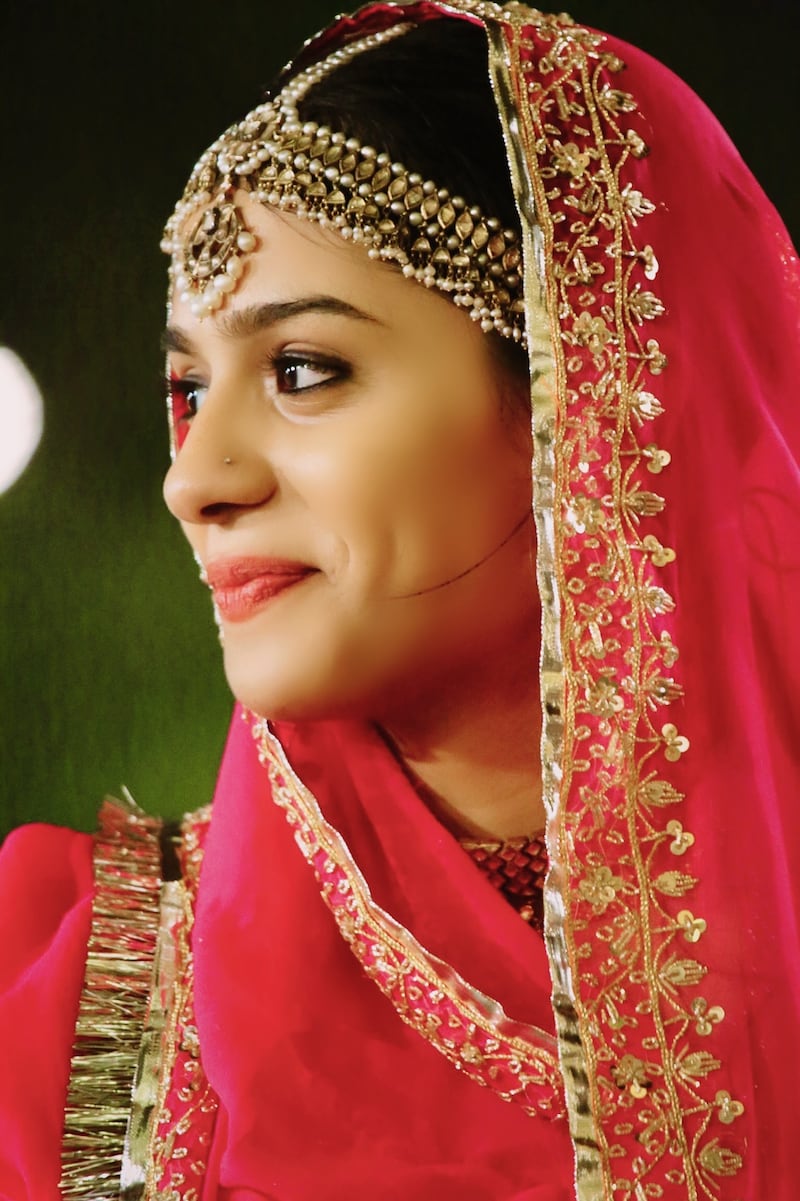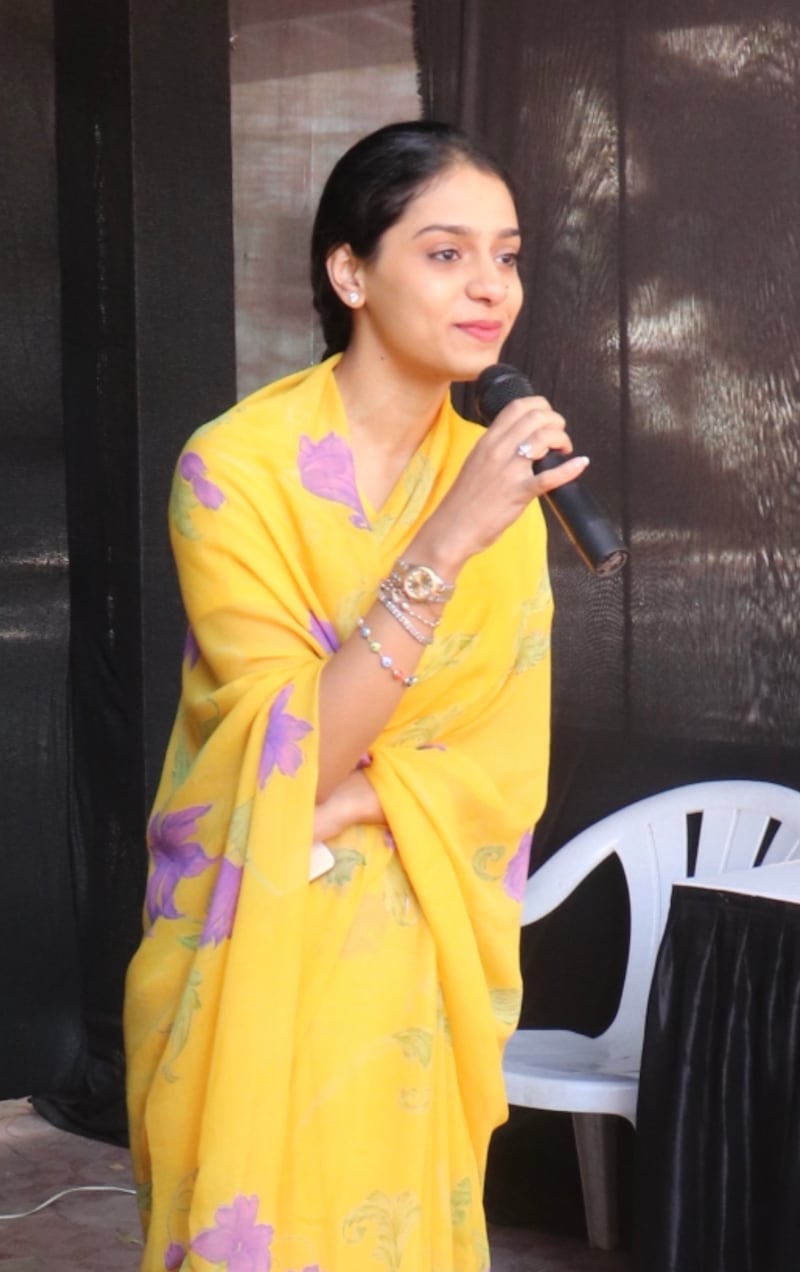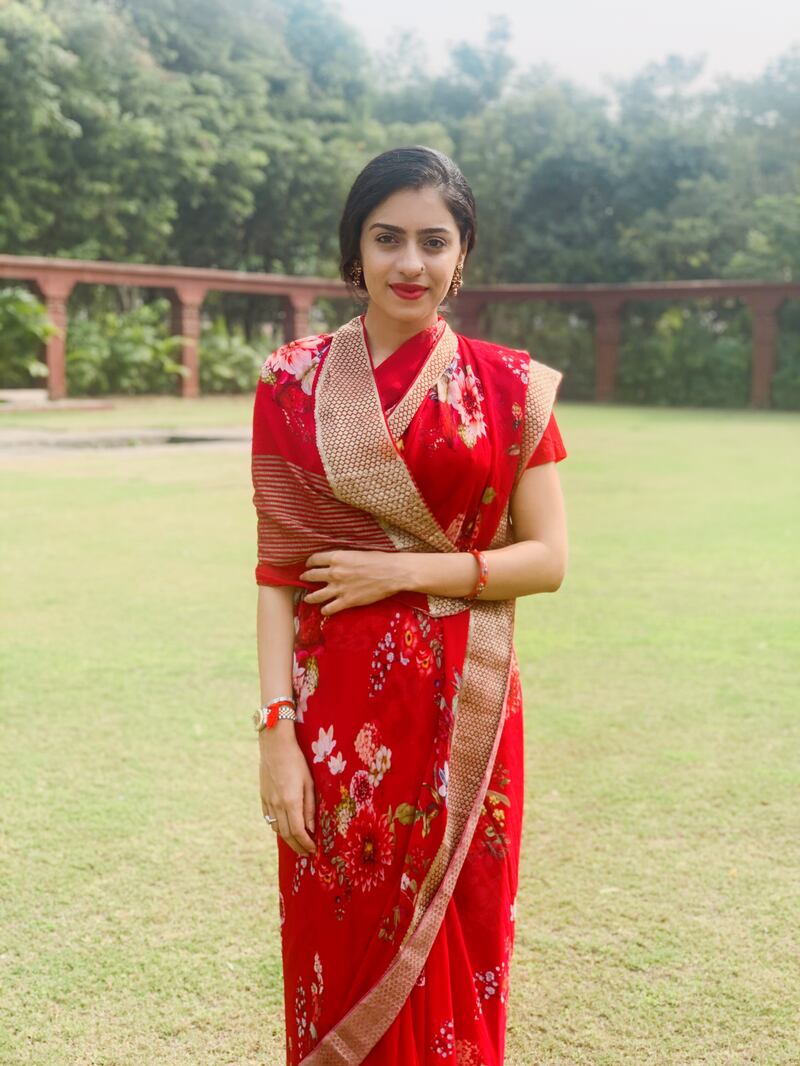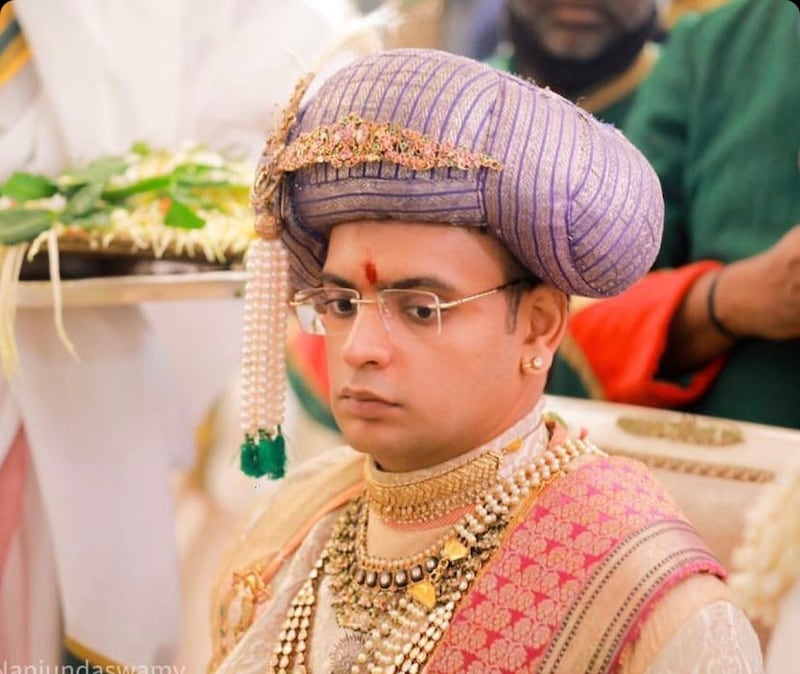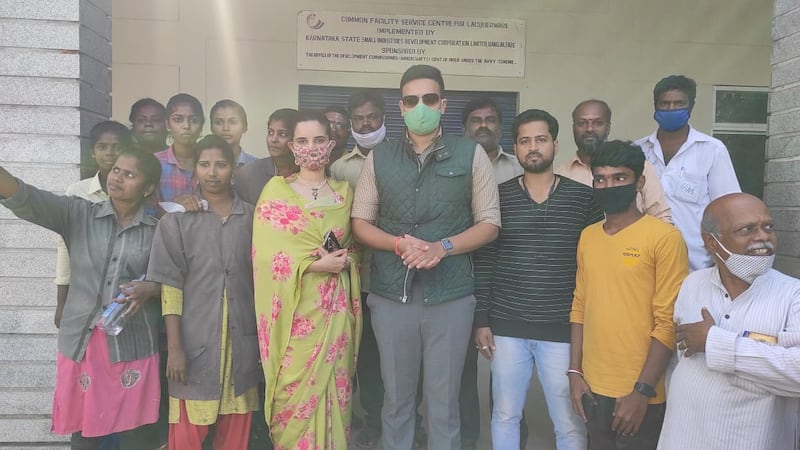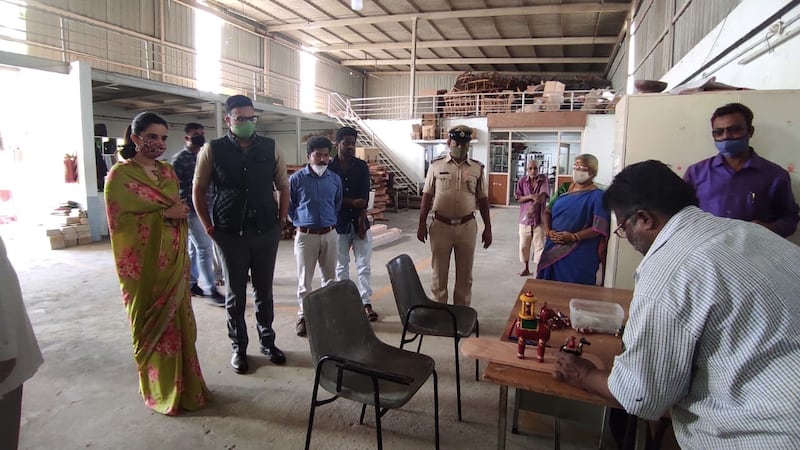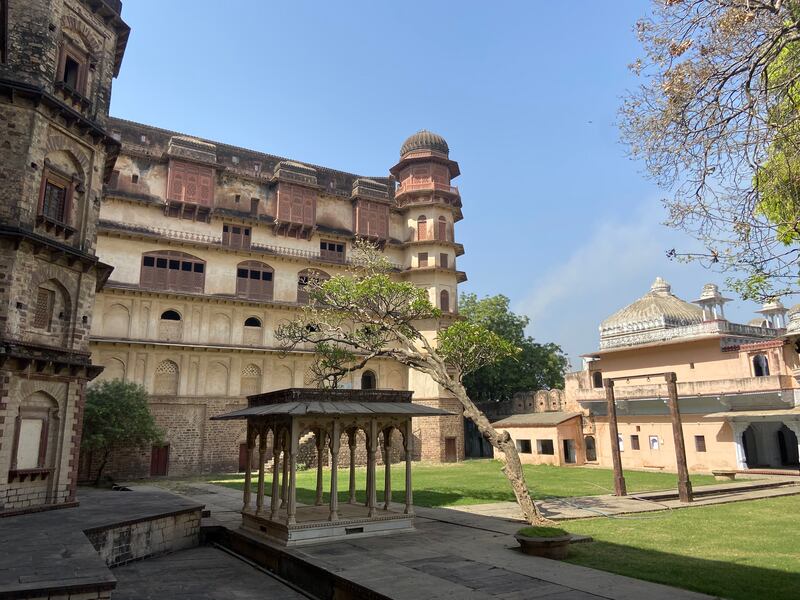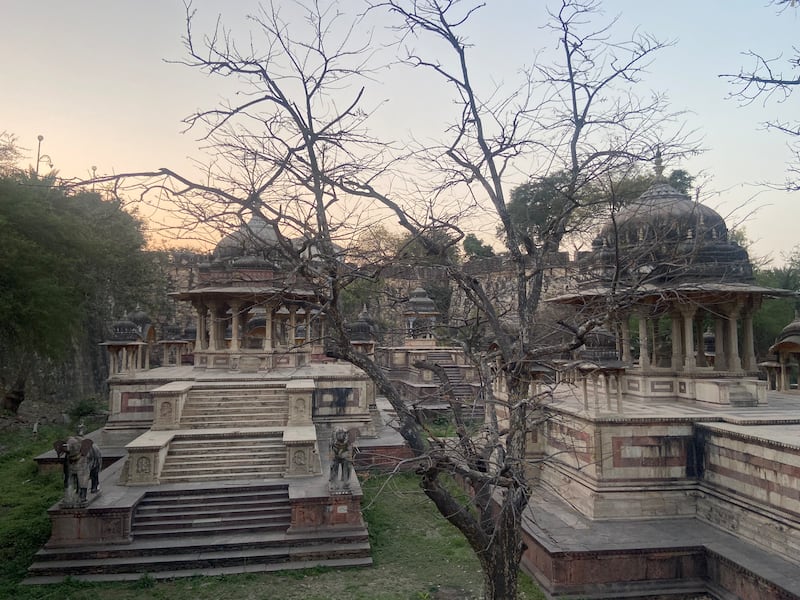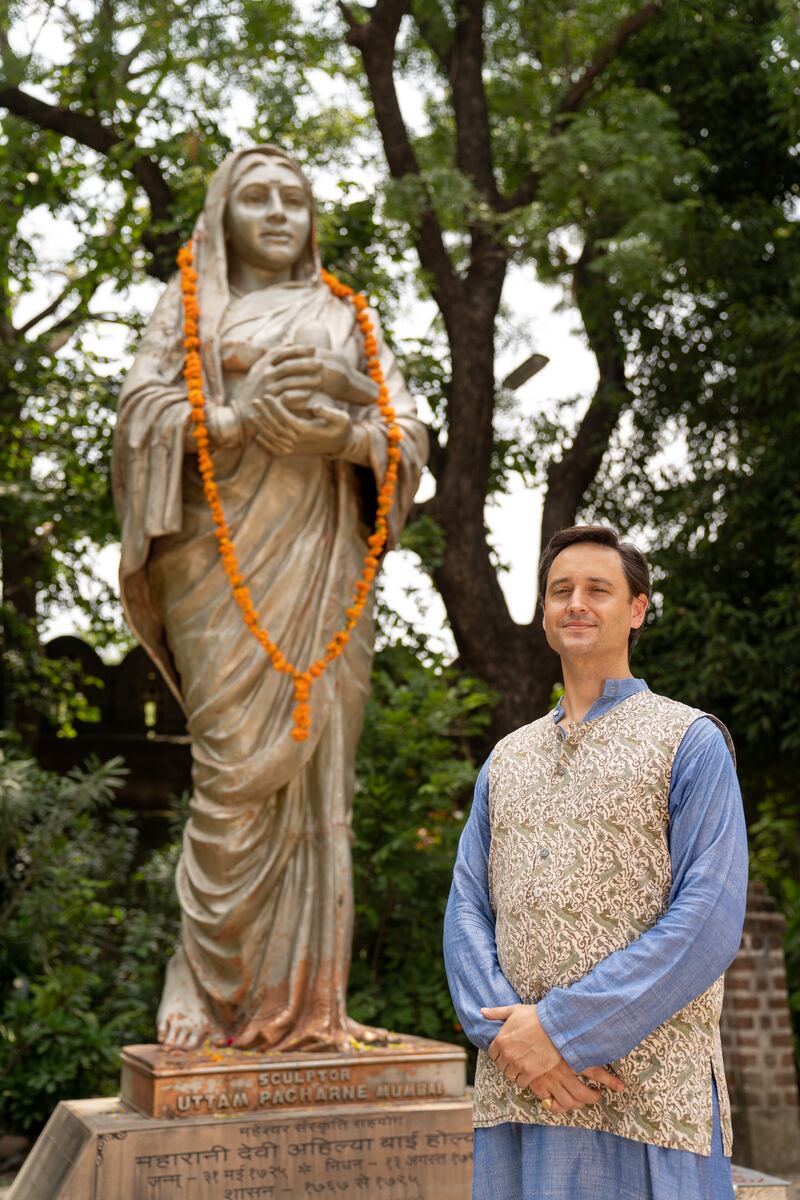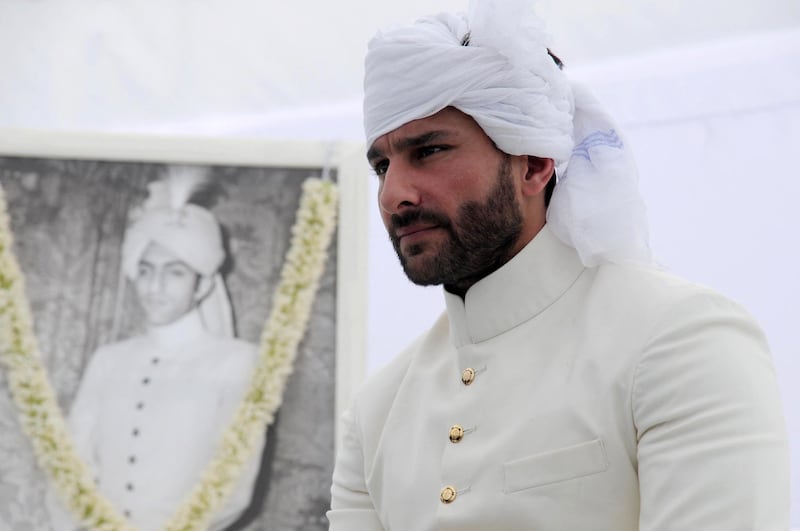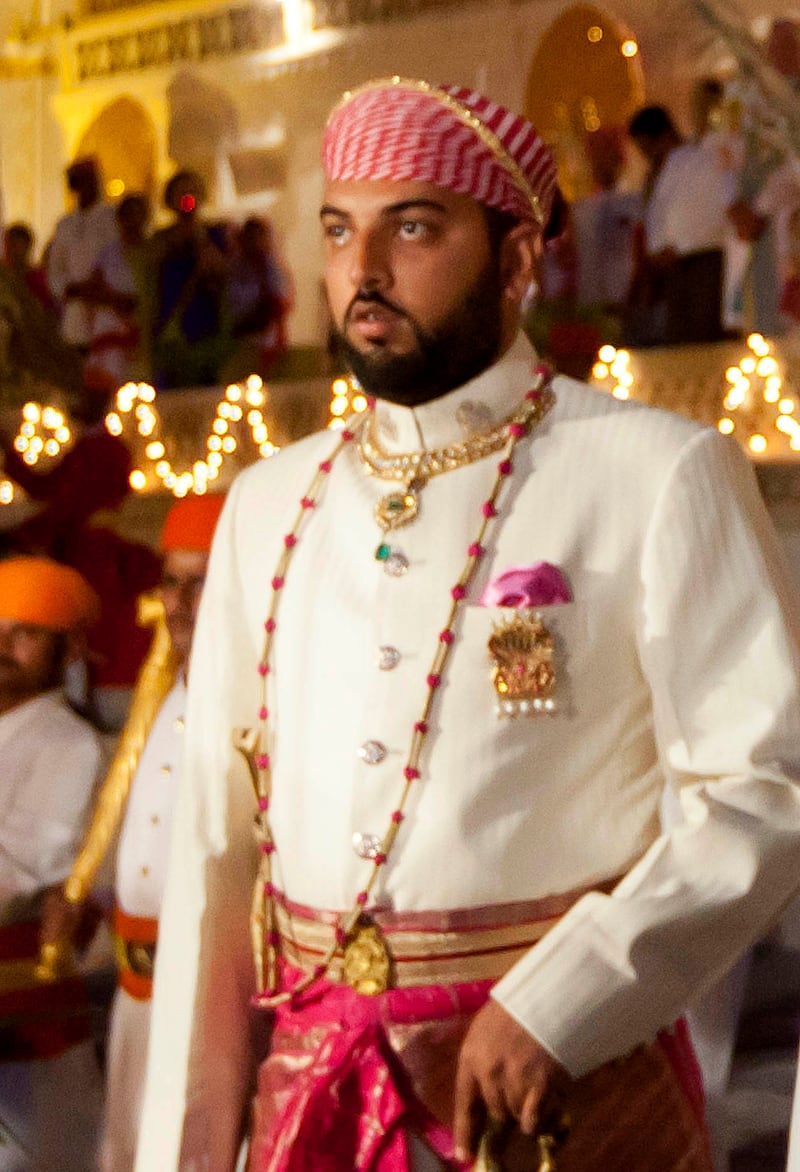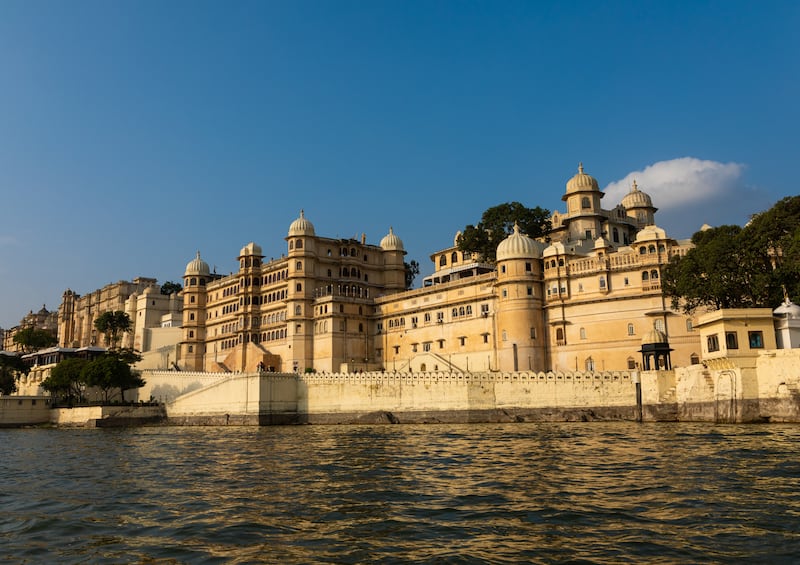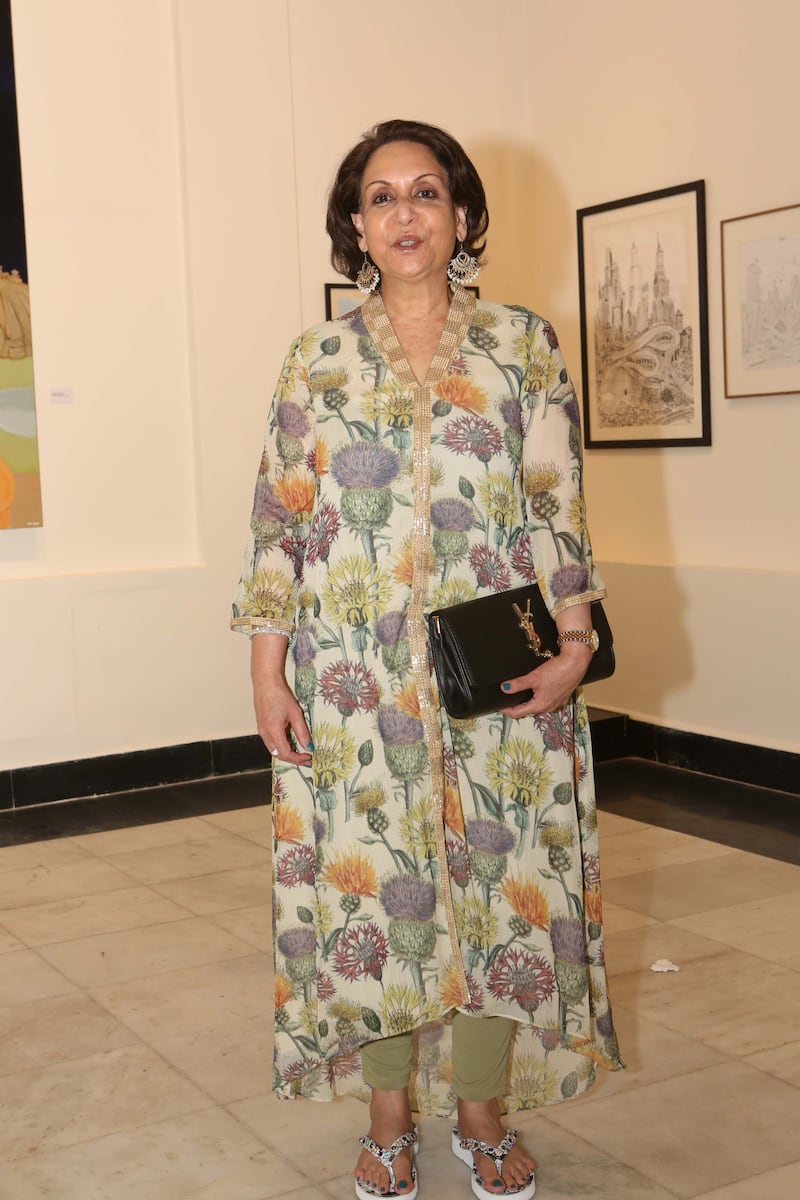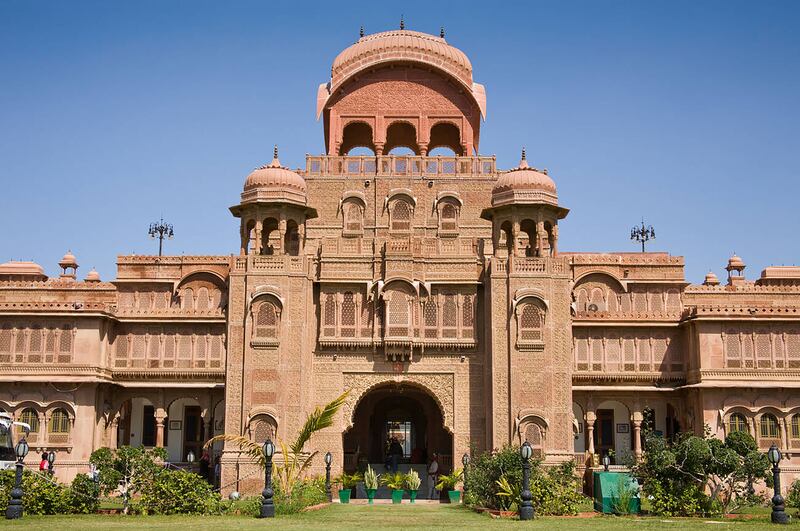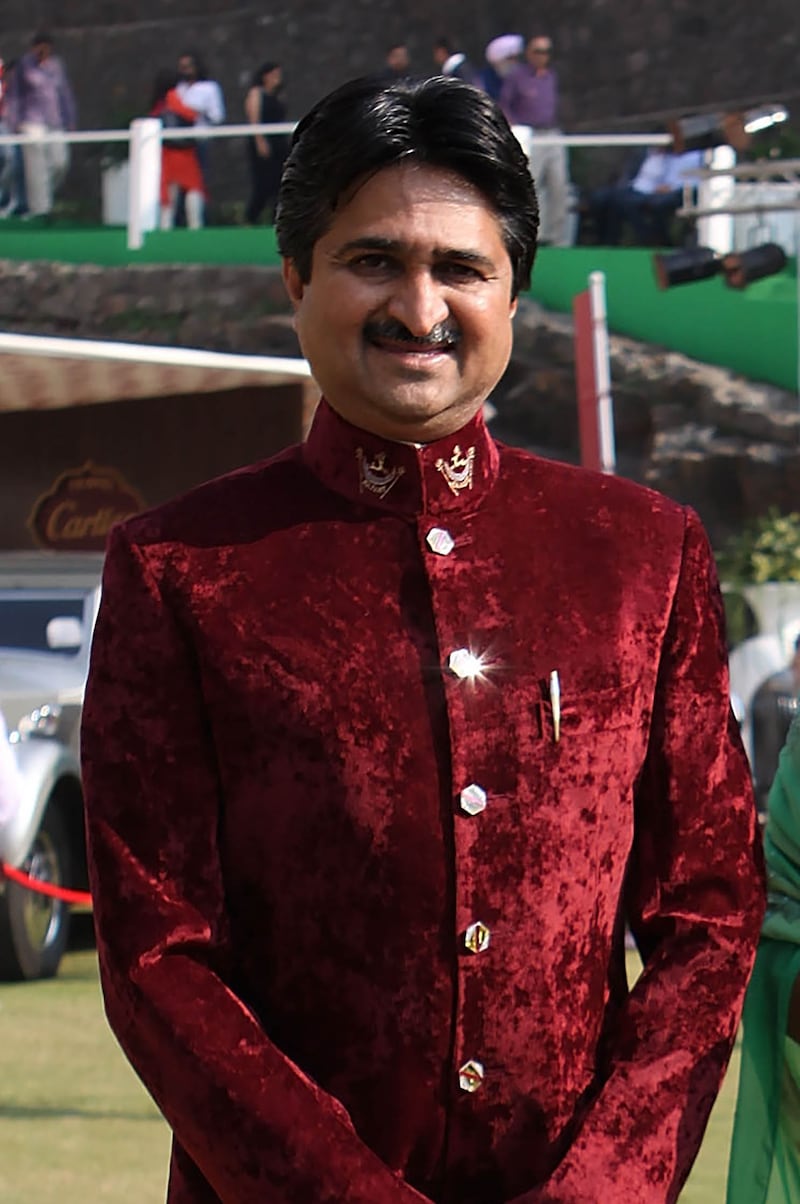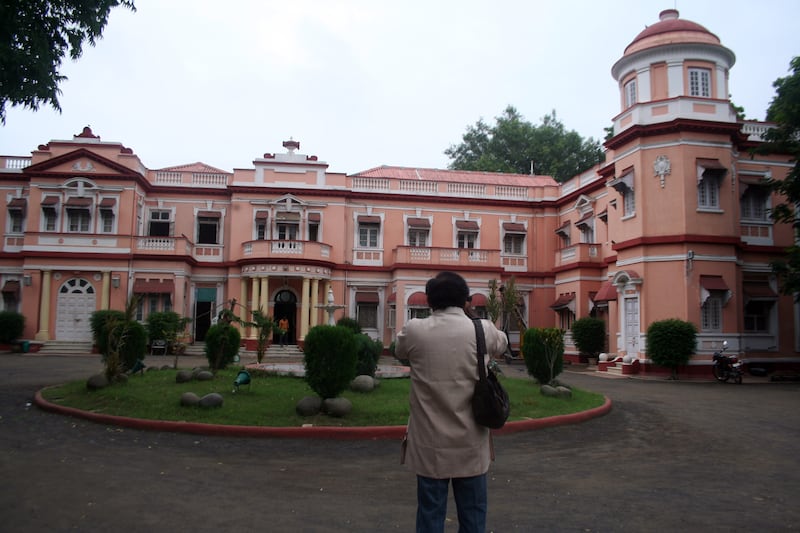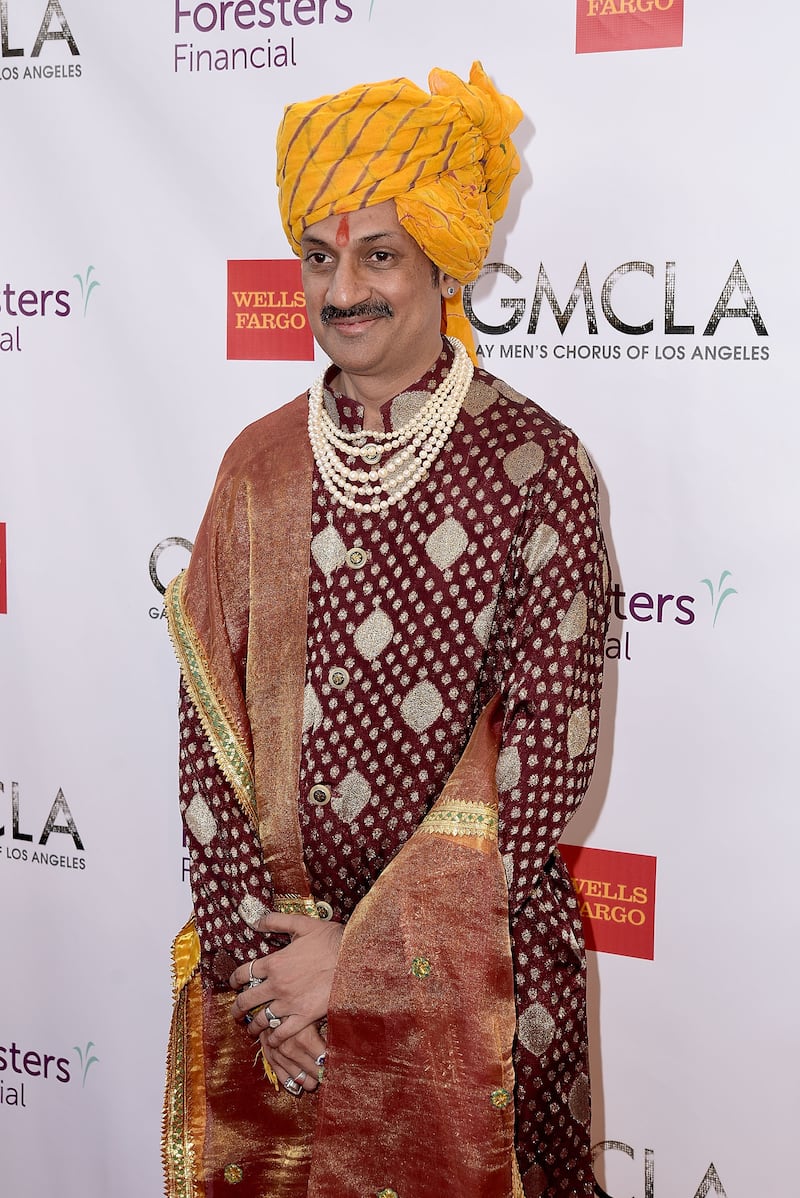At a time in which the relevance of monarchy in the modern world is being hotly debated globally, some scions of erstwhile Indian royal families are finding unique ways to stay connected to society.
In India, royalty was abolished in 1971, and with the establishment of a federal government, royal roles were whittled down to titular ones. However, many Indian royal families still remain an intrinsic part of the country’s cultural warp and weft. Their young scions — like their illustrious ancestors, who were renowned patrons of the arts — are also espousing the cause of heritage protection while reviving ancient and dying traditions in handicrafts, handlooms, painting, architecture and more.
Brijeshwari Kumari Gohil, Gujurat
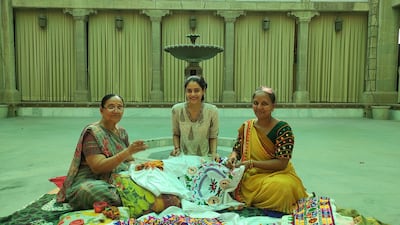
For Princess Brijeshwari Kumari Gohil, who comes from the royal family of Bhavnagar in India’s western state of Gujarat, the love of heritage runs in her blood. A descendant of Maharaja Raol Thakore Sahib Takhtsinhji Jaswantsinhji Sahib, who ruled Bhavnagar from 1870-1896, the young heiress is leveraging technology to make the fascinating heritage of Sihor — a municipality in Bhavnagar and the seat of her ancestors — accessible to the public. As part of her initiative, the 28-year-old is cataloguing artworks, manuscripts, letters, registers, books and even furniture — all digitally, for posterity and for scholars of history — at her palace in Bhavnagar.
“Indian royal families have always been zealous patrons of arts and many are now taking custodianship of their heritage threatened by the ravages of time," she says. "As their direct descendant, I feel privileged to be able to contribute to protect the heritage that my family has been blessed with."
Gohil’s family is also involved in preserving the family’s ancestral properties, including Narayani Heritage, Gopnath Bungalow and Nilambag Palace, one of Gujarat’s oldest heritage hotels. A part of the palace is a boutique store, which promotes regional crafts including beadwork. A special focus area is the metal craft artisans of Sihor who are struggling to preserve their art owing to dwindling demand.
A master's degree in heritage preservation from Durham University in the UK has helped the princess and her team research and revive old artefact designs while helping to generate employment for poor artisans who are now able to reclaim their ancestral livelihoods. The initiative has also spread awareness about arts in the town of Sihor, while creating a market for handicrafts and sparking interest about local heritage among the youth. “It’s all about keeping precious traditions alive,” says Gohil, who also organises heritage walks in Bhavnagar to showcase the city’s rich heritage to visitors.
Jaidev Singh, Rajasthan
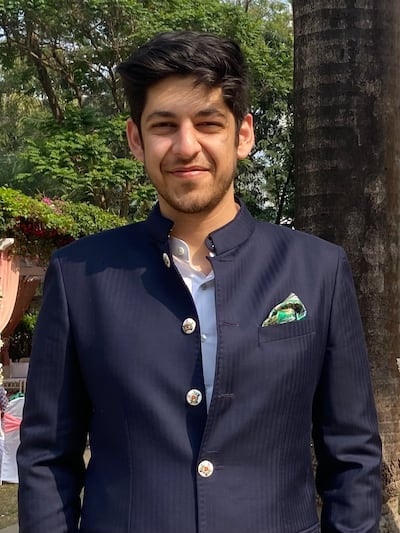
Jaidev Singh, the young scion of the 13th-century Kota dynasty in Rajasthan, is an investment banker and a major in economics and business from Cornell University. However, his current passion is to put the city of Kota on the global tourism map. He rues that while Rajasthan gets its fair share of tourists, Kota is still “undiscovered”.
“The city is a treasure trove of beautiful architecture and heritage but it’s currently not being showcased optimally,” says Singh, 25. "But I’m working towards transforming our city into a global cultural destination."
Singh’s family is also involved in the upkeep of the spectacular Brijraj Bhawan Palace Hotel, now a boutique hotel that is also their home.
He is also supporting local artists involved in making Kota’s famous miniature paintings, an art suffering from lack of government support. Singh’s interest in heritage architecture has led to his involvement in restoring Kota’s storied cenotaphs.
Taking care of the City Palace in Kota Gargh, including the Rao Madho Singh Museum that forms a part of the palace, also excites Singh. “We also organise various cultural events at the palace to keep our traditions alive while sensitising the youth about Kota’s rich heritages," he said.
Yaduveer Wadiyar, Karnataka
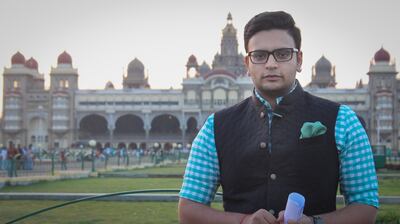
The great grandson of Jayachamarajendra Wadiyar, the last ruler of Mysore State, Yaduveer Wadiyar belongs to one of Asia’s richest families. Established in 1399, the Wadiyar family ruled princely Mysore State for more than 600 years.
Called the “Maharaja of Mysore", Yaduveer, 30, is the 27th titular king of the city. He has a degree in literature and economics from the University of Massachusetts and now leads several outreach programmes to help the marginalised.
“Under our youth-led Kalisu Foundation, we’re building 60 libraries across Mysore’s government schools," he says. "We’re also protecting and restoring key historic landmarks like Lansdowne Bazaar and Devaraiya Market whose demolition had been ordered by the government. It’s a citizen-led initiative that has also helped raise awareness about Mysore’s precious heritage among the next generation."
Yeshwant Holkar, Madhya Pradesh
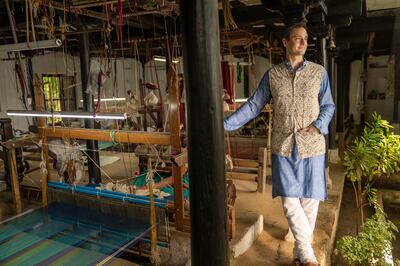
Grandson of the last maharaja of Maheshwar in the central Indian state of Madhya Pradesh, Yeshwant Holkar believes in the multiplier effect of heritage conservation. The 40-year-old manages three beautiful heritage properties — two in his home state and one in Goa — that have been converted into hotels. “Adaptive reuse of heritage structures for contemporary use is the need of the hour," he says. "This not only preserves and protects precious legacy but also generates tourism footfalls, employment for artisans and revenue for the government. It’s a win-win."
Holkar’s other projects involve promoting Maheshwar’s storied handlooms, including Maheshwari saris that have even caught the attention of global celebrities such as Pamela Anderson and Elizabeth Hurley. For this, the Holkar family has launched two non-profits — Rehwa Society that promotes traditional handloom fabrics and Women Weaves that focuses on contemporising these ancient weaves for sale across India and abroad. Then there’s Ahilya Bai Holkar Trust, which undertakes the repair and maintenance work of 240 heritage areas across the country, including cenotaphs, shrines, river banks and temples.
Trishikha Kumari Devi, Karnataka
The princess of Dungarpur, Rajasthan, Trishikha Kumari Devi is a passionate promoter of the Geographical Indication-tagged Channapatna toys — colourful dolls made of wood, tiny wooden utensils, brightly lac-coloured birds and animals crafted from non-toxic dyes.
The toys were once much sought after for their unique quality and fine finish. Handcrafted and painted by skilled craftsmen, their demand dwindled and this industry was on the verge of extinction a decade ago as mass-produced and much cheaper Chinese toys inundated the Indian market.
However, the industry is gradually tiding over the critical phase thanks to promoters such as Devi, who is married to Yaduveer. “My aim is to promote Channapatna toys, given our family heritage as patrons of the same and my own interest in preserving this important heritage,” she says.
She has created an online marketplace for the promotion of these toys. Such is their popularity that daughters of former US president Barack Obama, too, played with the Channapatna Gombe (doll) at the White House after they picked one up from India during the family’s 2010 sojourn. So enamoured was first lady Michelle Obama by the toys that she even bought a Channapatna train, dolls, Ganesha idols and key chains for her friends back home.
